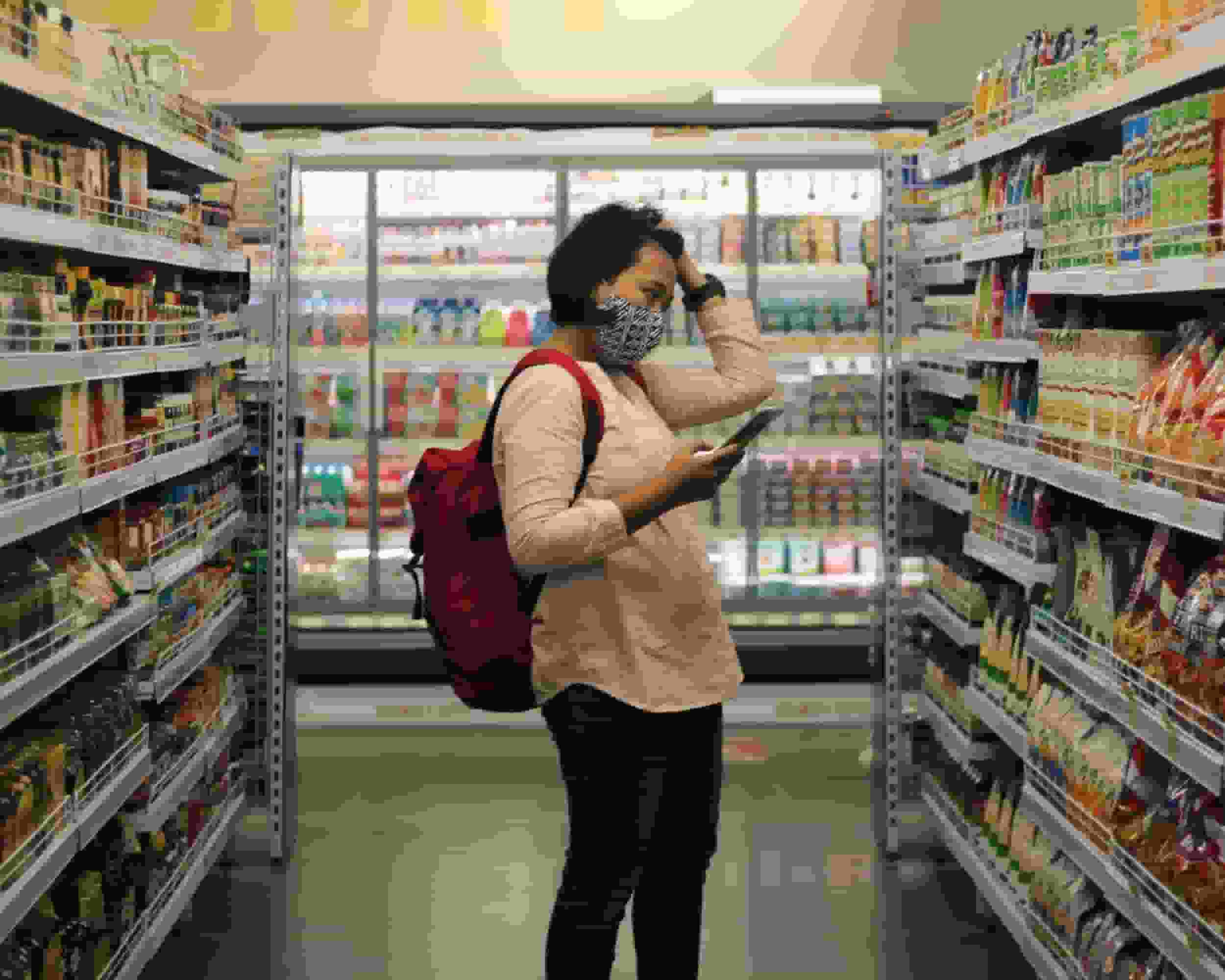
Thirty million American families are now experiencing food insecurity as a result of the termination of the SNAP (Supplemental Nutrition Assistance Program) benefits.
According to FarmboxRx CEO Ashley Tyrner, whose food delivery business makes premium, farm-fresh fruits and vegetables more accessible, they lost an average of $95 per person in additional food aid.
Low-Income SNAP Benefits Recipients At Risk
The government increased participants’ SNAP payments by $95 to $340 at the beginning of the pandemic in 2020. The extra aid has now been stopped, yet many recipients still need it.
In February, the cost of groceries rose by 10.2% from the previous year. The US Department of Agriculture eliminating pandemic SNAP assistance, according to Turner, may cause other health problems for low-income consumers.
“Inflation has never been higher. The cost of groceries has never been higher. And this is not the time for this USDA cut”, according to Tyrner.
And because of these cuts, health inequities will simply trickle down through that system and place a burden on other government expenditures related to Medicare and Medicaid.
Tyrner discussed FarmboxRX’s services for Medicare and Medicaid recipients, many of whom were reliant on the additional food stamp benefits that were reduced, in an interview with Yahoo Finance.
Tyrner claims that the business uses nutritious food as a form of medication to deliver preventative care. She claims that eating healthily reduces medical costs, which will ultimately affect taxpayers.
Over 42 million Americans are currently enrolled in Supplemental Nutrition Assistance Program (Snap) assistance. In March 2020, Congress raised Snap benefits in response to the Covid-19 pandemic.
Read more: Want financial security in the future? Follow these 6 easy steps!
Some States Still Receive Payments

In addition to the District of Columbia, Guam, and the US Virgin Islands, the final extra payments were distributed in the remaining 32 states that were still distributing them at the end of February.
The expiration of the increased benefits coincides with a rise in US consumer debt, with roughly 25 million people in the US being late on a credit card, auto loan, and personal loan payments, the largest level since 2009. Also, 20.5 million Americans are currently behind on utility payments.
Compared to other workers, low-wage workers in the US who make less than $20 an hour have seen their wages grow less recently.
The cost of food has increased, and experts predict that it will do so dramatically in 2023 as well. All food costs, according to the US Department of Agriculture, are expected to rise by 7.9% in 2023, and they were already 9.5% higher in February 2023 than in February 2022.
The abrupt end of the emergency allocation has been referred to as a “hunger cliff” because so many Americans get Snap benefits as a result of low wages, unemployment, and underemployment.
Read more: Inflation rates in February could not be positive news for your future Social Security; Here’s why!

